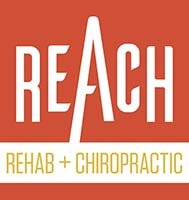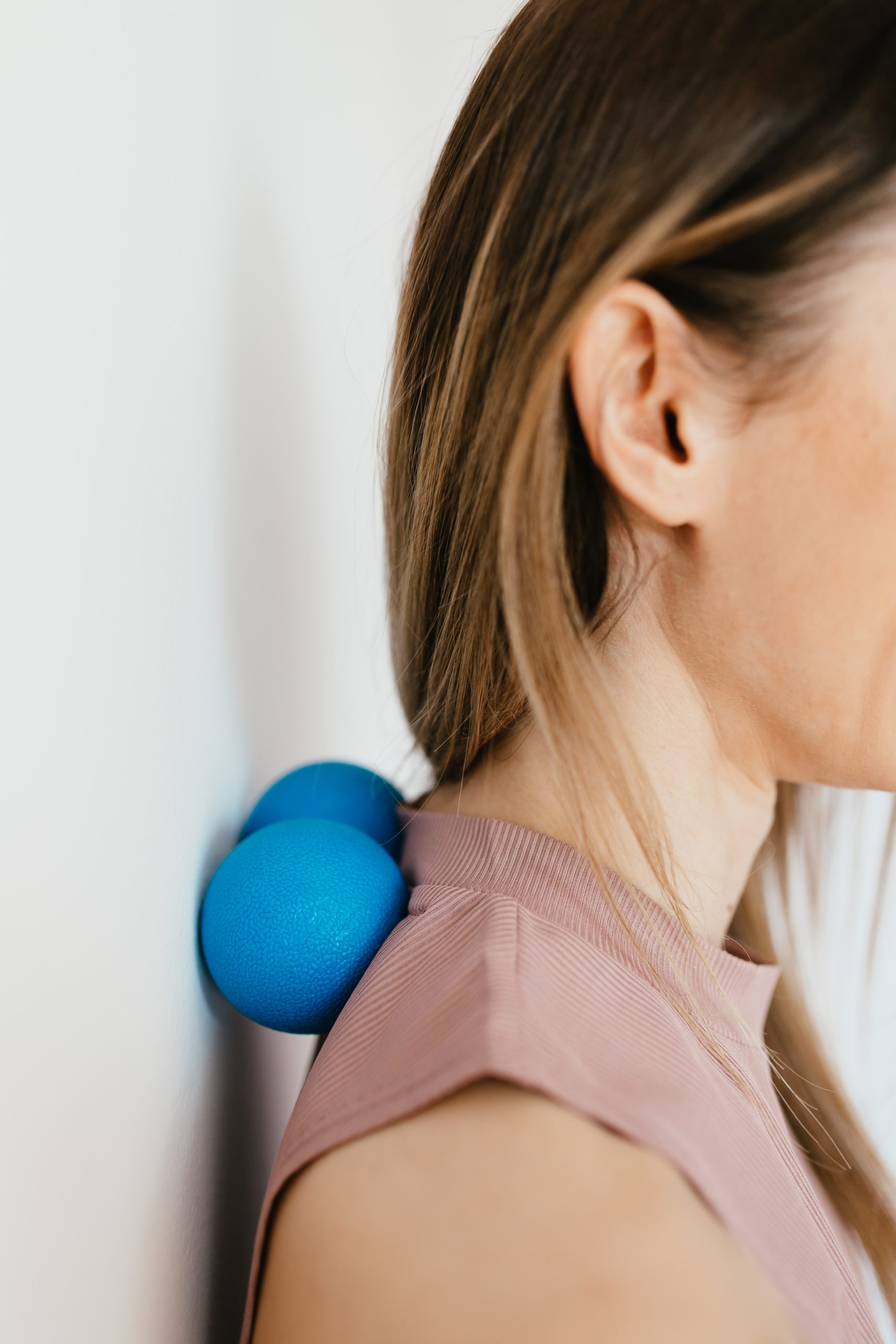What is a Trigger Point?
A trigger point (TrP), or a “knot” in the muscle, is best defined as an adaptive shortening of a muscle. Trigger points can be acute or chronic in nature and can lead to pain if they are not identified and treated properly. In this article, I’ll discuss some common causes and treatments for trigger points.
Trigger points are a very misunderstood phenomenon in the world of musculoskeletal disorders. In order to treat them successfully, you have to understand what they are and how they got there. Most clinicians will try to treat the TrP directly at the spot of the symptoms, but they seem to always overlook the reason as to why the TrP is there in the first place. You can A.R.T., scrape, cup, or dry needle/acupuncture TrPs but if you don’t address what is causing them, they will always come back shortly after treatment.
Why do I have Trigger Points?
Most of the time, trigger points arise because of a lack of stability when performing certain movements or exercises. As a result, the body creates an adaptive shortening of the muscles, i.e. a TrP, in means of providing more stability in an area that may be lacking. A clinician trained in musculoskeletal care will be able to identify the movements or exercises that may be contributing to the formation of TrPs. The first step is identifying these movements so that the proper corrective exercises can be implemented to increase stability around the involved joints.
Trigger points can also present as a result of constant postural tension on a muscle, commonly seen in the posterior neck and shoulder muscles in individuals who sit for most of the day. If this is your cause, simple exercises and stretches can be implemented throughout the day to offset the postural stress.
What self-treatments can I do?
Most of the time, trigger points arise because of a lack of stability when performing certain movements or exercises. As a result, the body creates an adaptive shortening of the muscles, i.e. a TrP, in means of providing more stability in an area that may be lacking. A clinician trained in musculoskeletal care will be able to identify the movements or exercises that may be contributing to the formation of TrPs. The first step is identifying these movements so that the proper corrective exercises can be implemented to increase stability around the involved joints.
Trigger points can also present as a result of constant postural tension on a muscle, commonly seen in the posterior neck and shoulder muscles in individuals who sit for most of the day. If this is your cause, simple exercises and stretches can be implemented throughout the day to offset the postural stress.
What treatments work best?
There are several tools in a clinician’s toolbox that can be used to treat the symptoms of trigger points. Pin & stretch (A.R.T), soft tissue scrapping (Graston), cupping, massage guns, and dry needling/acupuncture are all great tools to treat TrPs. Of these treatments, there isn’t a superior choice that always more effective than the others. It comes down to your preference and the experience of the clinician utilizing the individual technique. For instance, dry needling can be very effective in calming down a trigger point, but if you’re deathly scared of needles, then dry needling might not be the most effective option for you.
The soft tissue technique that is used is NOT the most important factor when treating trigger points. Proper identification of the cause trumps all techniques because without addressing the cause, the trigger points will keep coming back over and over again. Whether you have an issue with stability or you’re dealing with postural stress, proper exercises and stretches can go a long way in preventing trigger points from coming back.
Knowing the cause(s) of symptoms ensures the proper application of the best treatments and strategies to correct the problem as quickly as possible.
Pain is frustrating. At REACH, we take the guesswork out of healing. We use a holistic chiropractic approach, assessing the body as a whole rather than treating just the symptoms. So, you can do more than relieve pain. We teach you how to become unstoppable.
Common Soft Tissue Therapies:
- Active Release Technique (A.R.T.)
- Trigger Point Dry Needling (T.D.N)
- Acupuncture
- Myofascial Decompression (cupping therapy)
- Instrument Assisted Soft Tissue Technique (Graston)
- Massage Guns (Theragun)


